'The White Tiger' Book and Netflix Movie Are Quite Different in a Few Major Ways

When people first read The New York Times bestselling novel The White Tiger back in 2008, you can bet their first thought was "when is the movie coming out?!" Brutal in its description of India’s caste system, the book tells the captivating story of Balram Halwai and his monumental ascent from impoverished villager to successful businessman.
Flash forward to 2021, when acclaimed writer and director Ramin Bahrani has fulfilled a lifelong dream, bringing the provocative book to life for a faithful Netflix adaptation. In what seems like destiny, The White Tiger’s author, Aravind Adiga, dedicated his book to Ramin when it was first published. Turns out, the two have been good friends since the 1990s when they were college students at New York’s Columbia University.
According to the movie's production notes provided by Netflix, Ramin, who is Iranian American, said about meeting the Indian author, "We connected on being outsiders on a predominantly white campus. We spoke of books, films, and our ambitions. I wanted to be a filmmaker and he was on his way to becoming a novelist."
For those curious about the book after watching Adarsh Gourav portray Balram in the new Netflix film, read on for interesting facts about both Aravind's prize-winning novel and Ramin's adaptation as well as comparisons between the two.
Both Aravind and Ramin collaborated on The White Tiger book and movie.
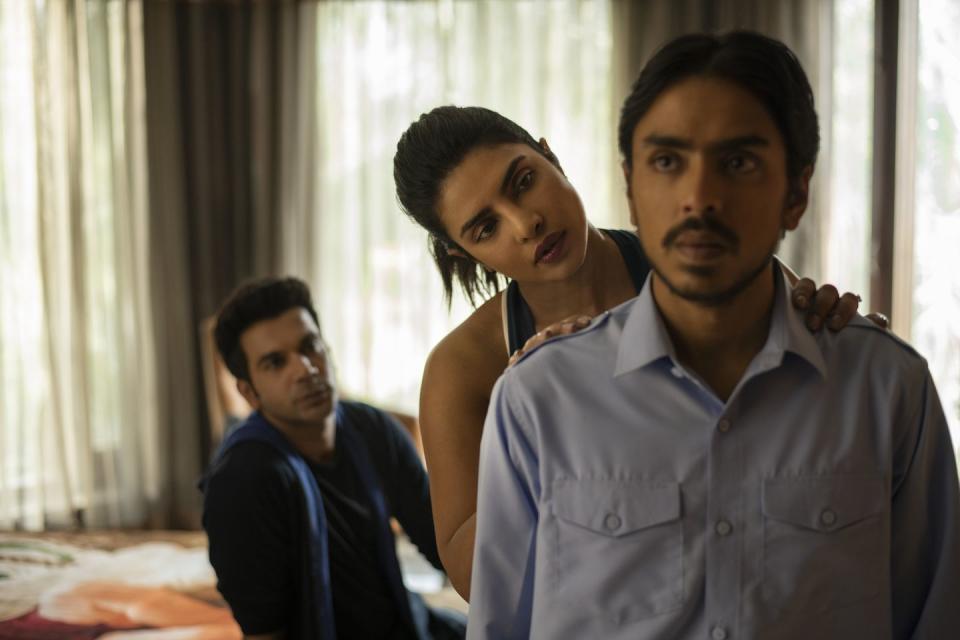
Unlike many book-to-film adaptations, Ramin got involved while Aravind was busy penning his novel. According to both Ramin and Aravind, the two have been talking about The White Tiger for nearly three decades. In fact, Ramin had the opportunity to read several early drafts of the book well before it was ever published. For him, spotlighting voices often overlooked in the film and literature worlds is of the utmost importance.
"I was blown away the first time he gave it to me," Ramin said in the production notes. "It was an amazing story with vibrant, funny, subversive writing. It was gripping, totally engrossing.”
Likewise, when Ramin was bringing the novel to the big screen, Aravind was there to provide feedback for him as well. To this day, Aravind attributes Ramin's first feature film, Man Push Cart, for inspiring him to pen The White Tiger.
"Not many dreams in life come true, but this one has: 12 years later, my novel has become a film, and Ramin Bahrani is the director," Aravind said, per the production notes. "Witty, provocative, and moving, the film he has made not only brings my book to life, but transcends it."
Balram's voiceover in the film honors the book's first-person narration.
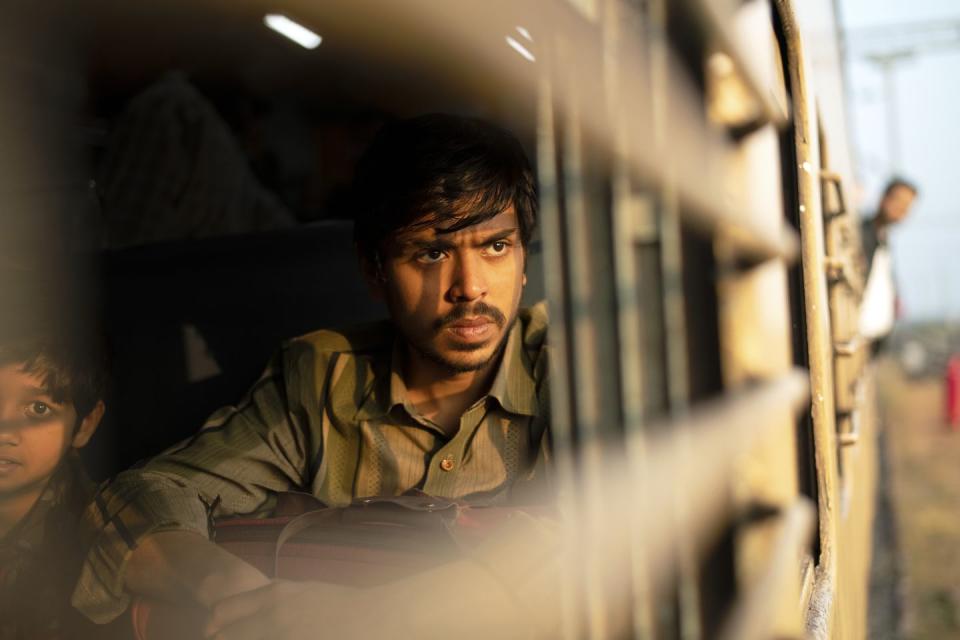
Recognizing the exquisite detail Aravind was able to achieve, Ramin made the choice early on to follow the novel’s lead, especially when it came to The White Tiger's first-person narration.
"I had only used voiceover in a short film, Plastic Bag, so I studied favorites like Jules and Jim, Fight Club, and Goodfellas," Ramin noted. "Balram’s voiceover helped tell the sprawling tale, spanning his childhood, his life as a servant, and his rise to successful entrepreneur. His sarcastic social observations also helped provide specific cultural context and detail."
Ramin was adamant about including certain scenes from the book.
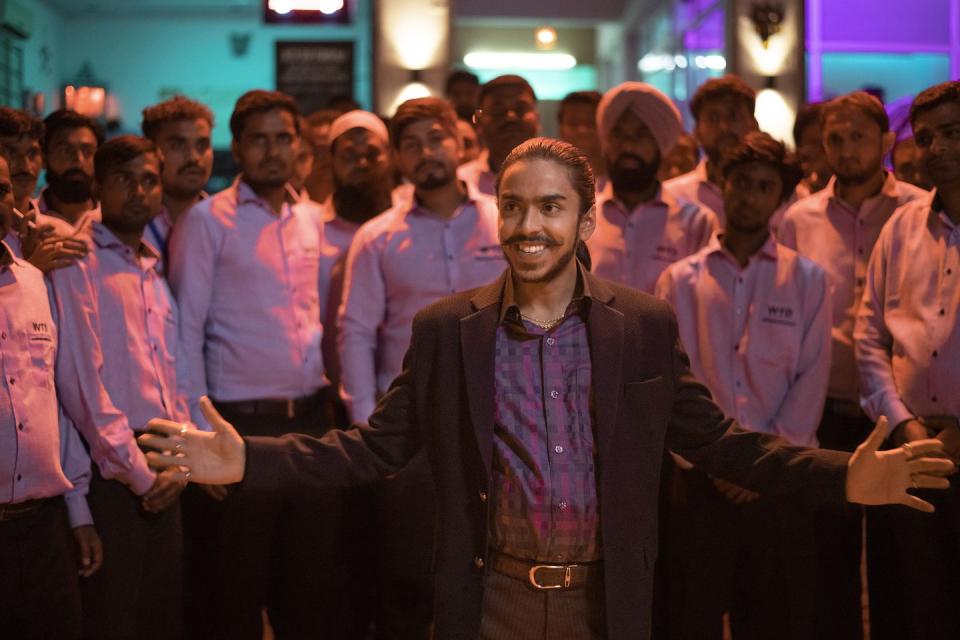
"When you love a book this much and you’ve read it so many times, it is exciting to see certain characters or scenes come to life," Ramin said in the production notes. "Like seeing what Vitiligo Lips is going to look like. It’s fun to see this character in all his glorious vulgarity."
One of the most pivotal scenes come with Balram, as he learns to brush his teeth for the first time. "He begins to wonder why he’d been raised a certain way," Ramin noted. "I always responded to that scene in the novel because at a certain point in our lives, we all wonder if there’s a way to get rid of our past and start fresh; to have a new chance at life. It’s about a man coming to understand he’s poor. It’s not that the grass is greener on the other side — he didn’t even know there was green grass.”
Another scene of note in the novel is where Balram is confronted by a woman asking for money.
"What Adarsh, the actor playing Balram, did in this scene still floors me," Ramin recalled. "We shot the scene in a very crowded live environment with no control. Adarsh is so incredible in this scene, he is so real, that he pulls the audience with him into the streets of Delhi."
Not all of the book's moments were captured on camera.
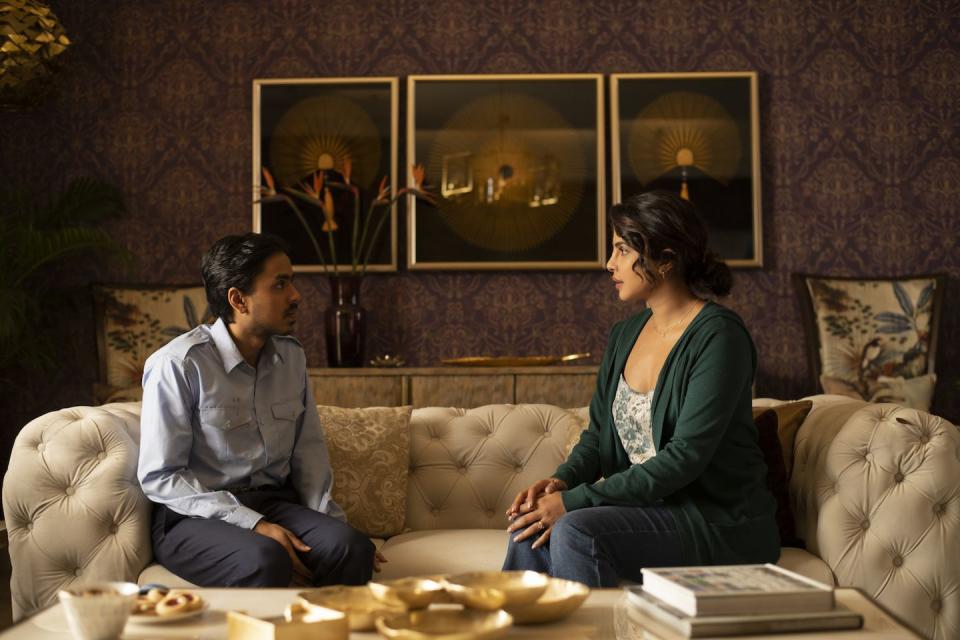
Though it's accurate to say the Netflix film stays true to the book, Ramin admitted to struggling to convey the full nature of the novel in a two-hour movie.
"That was very tough," Ramin told RadioTimes.com about cutting scenes he liked. "You’re trying to capture a tone, that was a constant thought in my head — what is the tone of the film? Because the novel was very fun: it’s very fast, it’s quirky, it’s funny, it’s satirical but then in the middle of the film, right dead set in the center of the book and in the film, something happens and from there moving forward, it shifts to something a little bit darker and weirder."
He concluded: "It [the novel] still has the humor but it’s darker and we constantly had our eye on that while writing the script and making the film."
Producer Mukul Deora tells Good Housekeeping that "many" scenes from the book had to be cut, including one where Ashok (Rajkummar Rao) visits a blonde sex worker, which inspires Balram to save his money and visit with one as well.
The film and book differ slightly in structure.
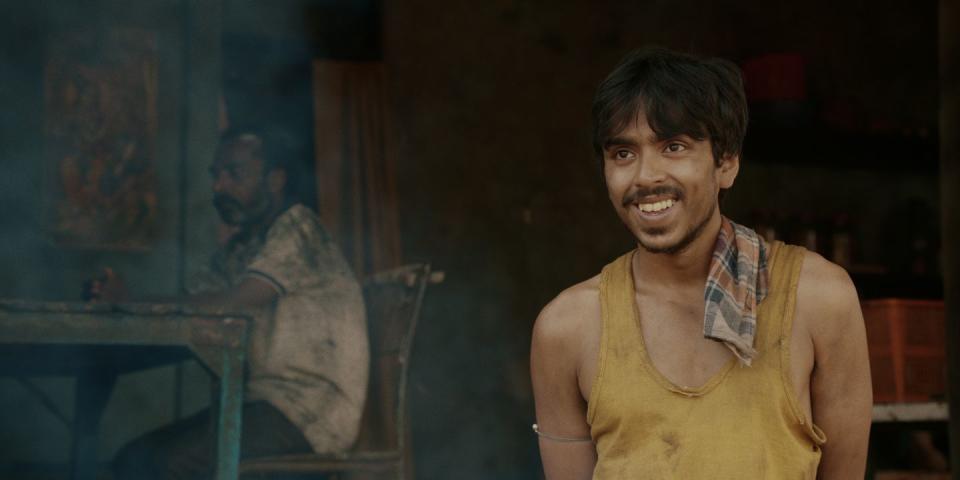
Perhaps one of the most notable differences between the book and film has to do with each work's timeline. In the opening scene of The White Tiger, viewers are instantly thrown into the chaos of Balram, Ashok, and Pinky (Priyanka Chopra Jonas)'s car crash. But in the story, this event doesn't happen until much later on. What's more, Ramin made the decision to withhold certain key details about Balram that are given right away in the beginning of the novel until later on in the film.
“That [the cold open] happened in the second draft,” Ramin explained to RadioTimes.com. “The first draft was even closer to the novel, where the character announces his definitive action — which I don’t want to give away as a spoiler — but the main thing he does, his tough decision, he announces in the novel at the beginning of the book."
He continued: "So by the second draft that changed and I started with that cold open, which is the middle of the film, and don’t reveal what Balram does until he actually does it."
Pinky has a more prominent role in the movie.
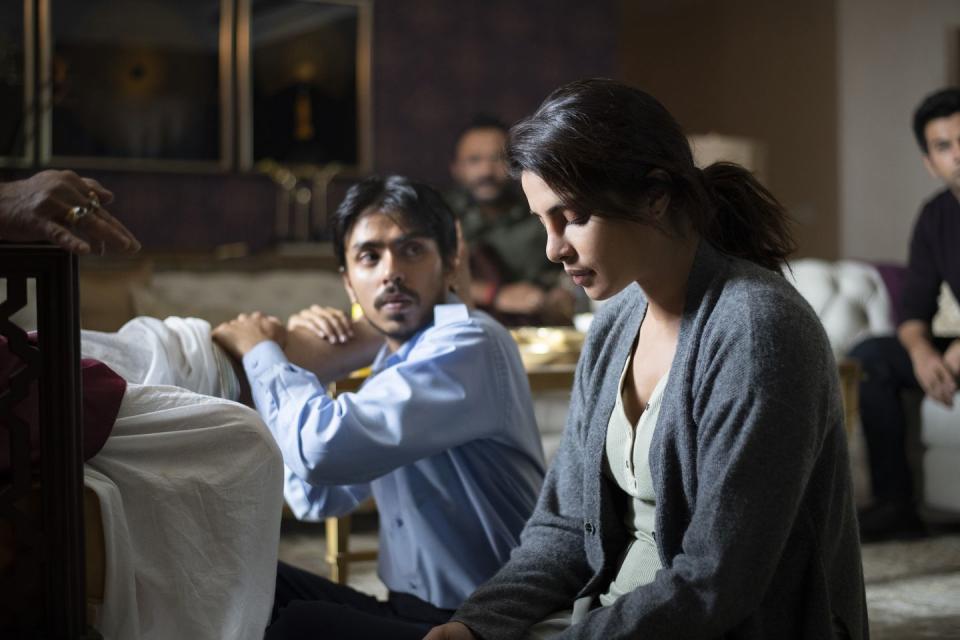
Executive producer Priyanka Chopra Jonas's character was explored much more in the film than the book.
“We wanted to add layers to Pinky Madam so she would be a more realistic and empathetic person, like giving her a backstory as a Doctor of Chiropractic who was keen to practice what she had learned,” Mukul tells us. "We also developed her relationship with Balram via the key scene, where she sits him down and asks him what he really wants from his life, thus making her someone who encourages Balram to think about his future, while creating a horrific situation for all of them by her drunken carelessness."
Even still, Priyanka recognized early on that the film was not about her character. "It is about Balram's character," she told India Today Television. "It's his perspective, I have always known that ..."
You Might Also Like

